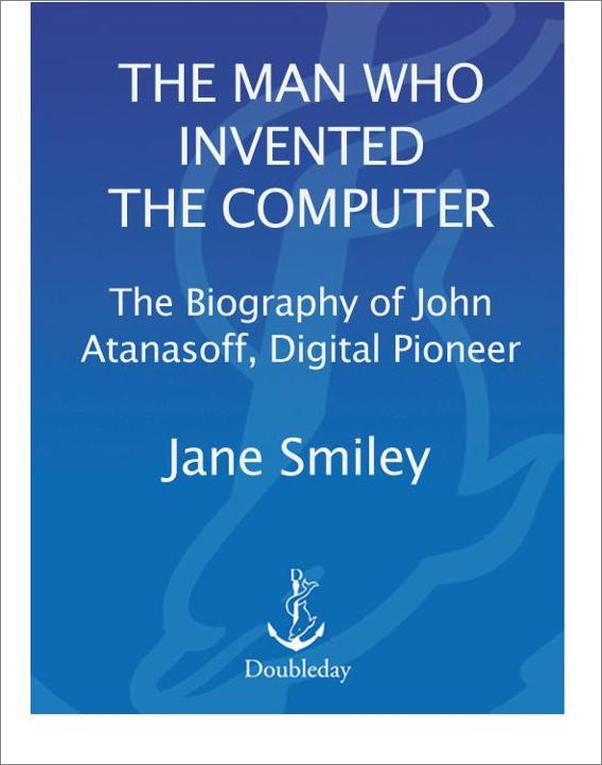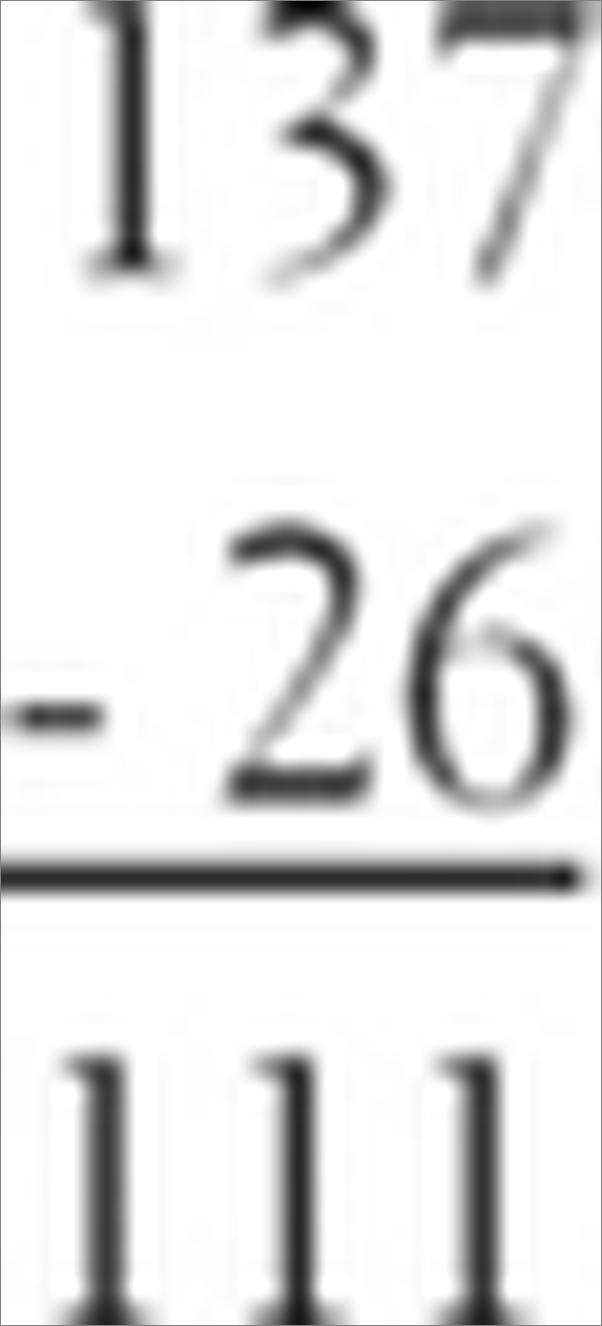TheManWhoInventedtheComputer - (EPUB全文下载)
文件大小:4.83 mb。
文件格式:epub 格式。
书籍内容:
Acknowledgments
Thank you to the Sloan Foundation for funding this project. The invention of the computer is a wonderful story, and an important one.
Thank you to William Silag, for telling me this story the first time, in 1984, and for writing an article about Atanasoff in the Palimpsest, the Iowa history magazine, that year (and for plenty else, besides).
Thank you to John Gustafson, for much help in understanding all the issues, and for his contributions to the manuscript.
Thanks to Kirwan Cox, documentary teacher/writer/researcher, who discussed information from the interviews and other research he has done for a television documentary on John Atanasoff and the ABC, which is being produced by Eyesteelfilm, Montreal, for History Television in Canada.
Thank you to Robert Armstead, for editing and information.
All mistakes are mine.
AppendicesJohn Gustafson, PhD
Appendix A | Linear Solvers
The problem that motivated John Atanasoff to build an electronic computer was one that had challenged mathematicians for many centuries. In about 300 BC, a Babylonian clay tablet gives this example of how a system of two equations can arise:
There are two fields whose total area is 1,800 square yards. One produces grain at the rate of 2/3 of a bushel per square yard while the other produces grain at the rate of 1/2 a bushel per square yard. If the total yield is 1,100 bushels, what is the size of each field?*
Translated into equations, with x and y for the areas of each field, this word problem says that
x + y = 1,800 square yards
2/3x + 1/2y = 1,100 bushels
The Chinese also studied such problems, and in the Jiuzhang Suanshu, or Nine Chapters on the Mathematical Art, they provided examples of systems involving up to six equations in six unknown quantities as early as 200 BC.
Even though such problems could be posed very easily, the effort to solve them seemed extraordinary and out of proportion to the simplicity of the statement of the problem. At the risk of reminding the reader of some of the more tedious moments spent in middle school algebra class, the way to solve the above system of two equations is to scale one equation so that the number multiplying x or y in one equation matches that of the other equation, and then subtract the equations to eliminate that variable. If we multiply both sides of the first equation by 2/3, for example, the two equations line up nicely:
2/3x + 2/3y = 1,200
2/3x + 1/2y = 1,100
and we can subtract the second equation from the first t ............
书籍插图:


以上为书籍内容预览,如需阅读全文内容请下载EPUB源文件,祝您阅读愉快。
书云 Open E-Library » TheManWhoInventedtheComputer - (EPUB全文下载)
